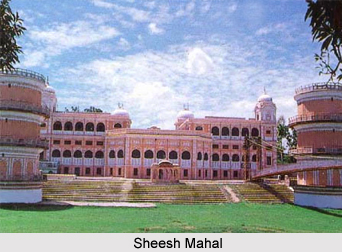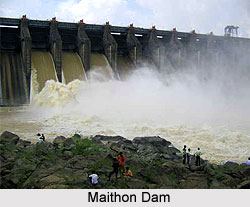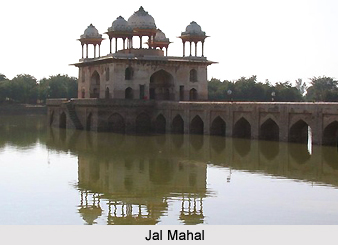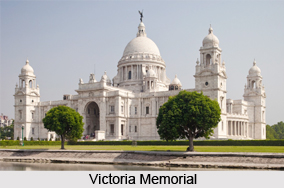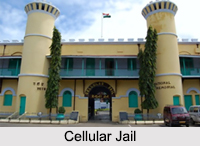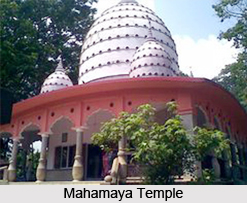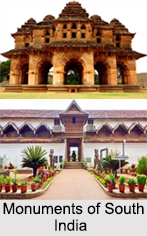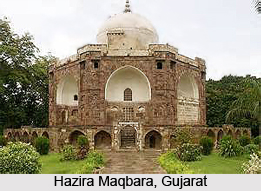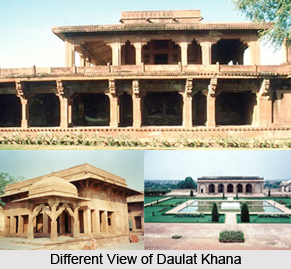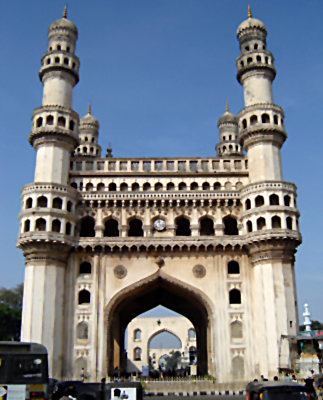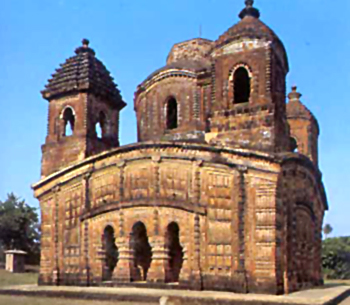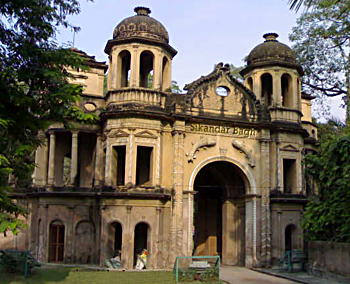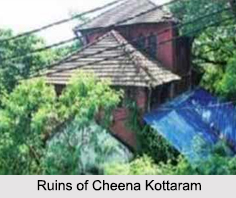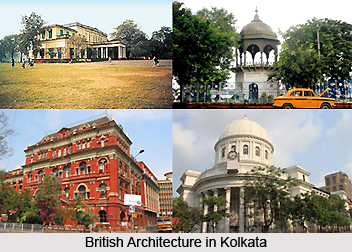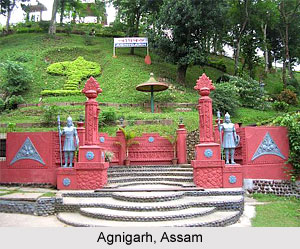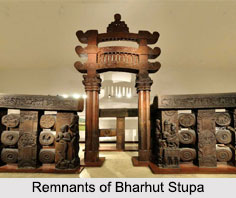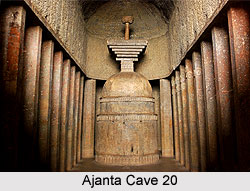 Ajanta cave 20 is a small monastery that presents a new feature in its antechamber advancing into the hall. The pillars and pilasters of the verandah, while resembling those of Ajanta Cave 1, have bracket-figures of graceful Sala-Bhanjikas on each side of the capitals. The ceiling of the verandah has imitation beams and rafters. The design of the lintel of the door with two arches, in the form of elephant trunks issuing from the mouths of makaras, is again an innovation. The capitals of the pillars of the antechamber resemble those of the pillars of the verandah of Ajanta Cave 2 and support an entablature carved in panels with seven Buddhas accompanied by attendants. The narrow walls beyond the pilasters are carved in three vertical compartments with nagas, amorous couples with attendants and females standing on makaras under a tree. The male companion of the right one, it is interesting to note, stands on a tortoise.
Ajanta cave 20 is a small monastery that presents a new feature in its antechamber advancing into the hall. The pillars and pilasters of the verandah, while resembling those of Ajanta Cave 1, have bracket-figures of graceful Sala-Bhanjikas on each side of the capitals. The ceiling of the verandah has imitation beams and rafters. The design of the lintel of the door with two arches, in the form of elephant trunks issuing from the mouths of makaras, is again an innovation. The capitals of the pillars of the antechamber resemble those of the pillars of the verandah of Ajanta Cave 2 and support an entablature carved in panels with seven Buddhas accompanied by attendants. The narrow walls beyond the pilasters are carved in three vertical compartments with nagas, amorous couples with attendants and females standing on makaras under a tree. The male companion of the right one, it is interesting to note, stands on a tortoise.
The hall has no pillars, and some of the cells are somewhat unfinished. The doors of two of the cells have above their lintels a design which resembles the Sikhara of a temple. The back wall of the narrow shrine is carved with an image of Lord Buddha in teaching attitude accompanied by the usual chamara-bearers and flying figures. Most of the paintings have now disappeared. The pilaster at the left end of the verandah contains a fragmentary inscription recording the gift of the mandapa by one Upendra. Based on palaeographical grounds this record has been assigned to a period between AD 450 to AD 525.
This article is a stub. You can enrich by adding more information to it. Send your Write Up to content@indianetzone.com
